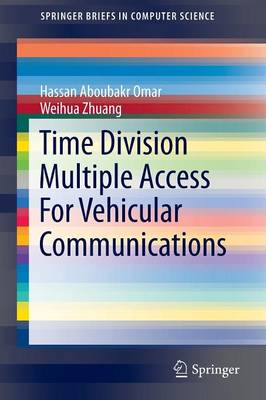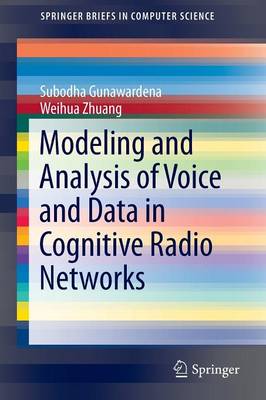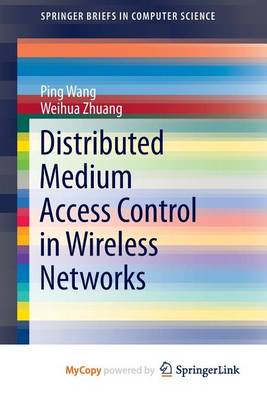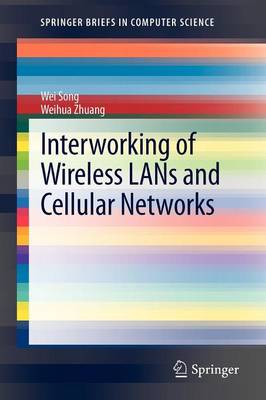SpringerBriefs in Computer Science
4 total works
Time Division Multiple Access For Vehicular Communications
by Hassan Aboubakr Omar and Weihua Zhuang
Modeling and Analysis of Voice and Data in Cognitive Radio Networks
by Subodha Gunawardena and Weihua Zhuang
Distributed Medium Access Control in Wireless Networks
by Associate Professor Ping Wang and Weihua Zhuang
This brief investigates distributed medium access control (MAC) with QoS provisioning for both single- and multi-hop wireless networks including wireless local area networks (WLANs), wireless ad hoc networks, and wireless mesh networks.
For WLANs, an efficient MAC scheme and a call admission control algorithm are presented to provide guaranteed QoS for voice traffic and, at the same time, increase the voice capacity significantly compared with the current WLAN standard. In addition, a novel token-based scheduling scheme is proposed to provide great flexibility and facility to the network service provider for service class management.
Also proposed is a novel busy-tone based distributed MAC scheme for wireless ad hoc networks and a collision-free MAC scheme for wireless mesh networks, respectively, taking the different network characteristics into consideration. The proposed schemes enhance the QoS provisioning capability to real-time traffic and, at the same time, significantly improve the system throughput and fairness performance for data traffic, as compared with the most popular IEEE 802.11 MAC scheme.



